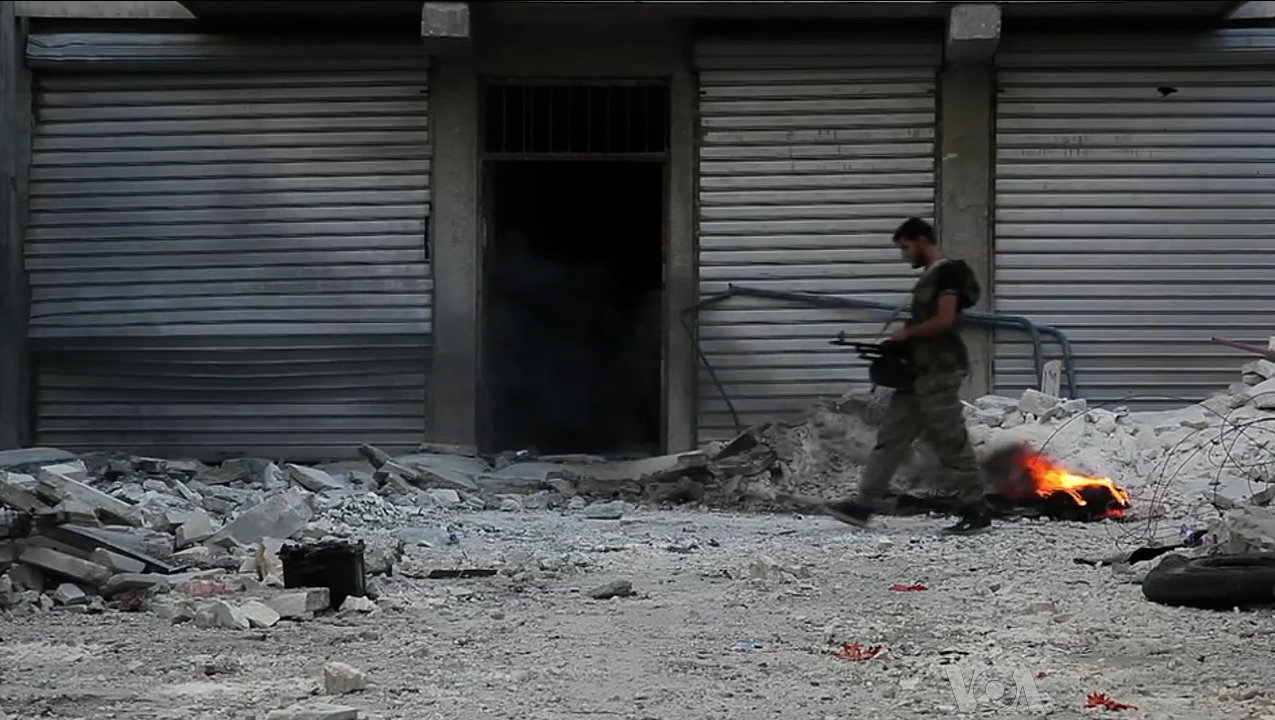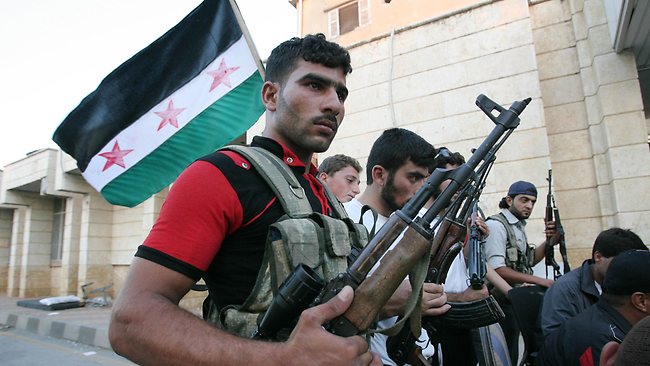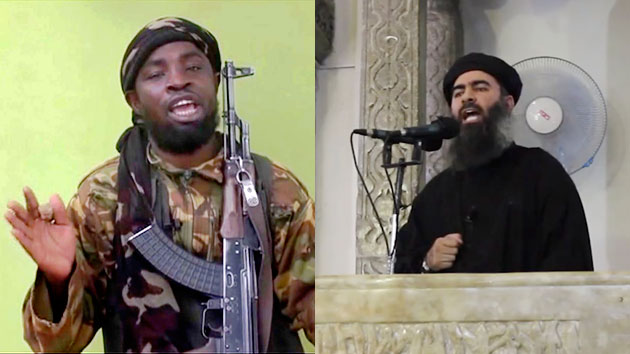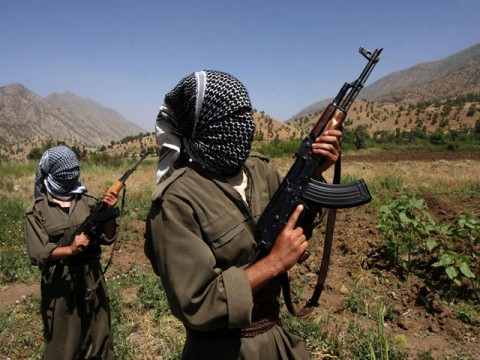Over 250 000 casualties. A power vacuum filled by one the most gruesome terrorist groups known. Estimates of 13.5 million people in need of humanitarian assistance, 4.6 million refugees, and 6.6 million internally displaced persons.
It is evident that the ongoing Syrian civil war will have humanitarian, social, economic, political and security effects for generations to come. However, it is critical to understand the consequences this crisis has had and continues to have on the MENA region specifically.
What is the most significant regional impact of the Syrian crisis?
Alexander Corbeil: Syria: The Changing Balance of Power
Lead Analyst, The SecDev Group
The US invasion of Iraq in 2003 sparked a change in the regional balance of power. Iran, previously blocked from its wider regional ambitions by the Saddam regime, now gained significant clout in Iraq, using it as a staging ground to improve its position in the Arab world. In response to the political ascendancy of the Shia in Iraq, al-Qaeda’s local branch launched a bloody sectarian war that loomed large over confessional relations in the Middle East. The conflict in Syria has exacerbated both of these interrelated trends. While Iran looked to lose at the beginning of the Syrian conflict, it has instead positioned itself as the regional victor and has, in the process, built a network between its armed proxies in Iraq, Syria, Lebanon, and even Yemen. Combined with the financial payout from the nuclear deal, it is likely that Iran will take its place as the regional leader.
Iranian gains have been at the expense of other regional players: Saudi Arabia, Qatar and Turkey. Each of these countries have attempted to shape the aftermath of the Arab Spring, supplied rebels in Syria and taken a number of ill-advised steps, whether reigniting a conflict with the PKK or intervening in Yemen. In Syria, the horrific actions of the Bashar al-Assad regime and the entrance, from Iraq, of al-Qaeda’s gruesome descendent, the Islamic State, have further stoked religious hatred between Sunni and Shia. In the context of a regional power struggle between Iran and the previously mentioned Sunni states, these religious tensions have proven to be a useful tool when mobilizing political and armed proxies, further degrading confessional relations. When historians look back at the Syrian conflict it is likely that they will point to the over five-year civil war as both a crucial stage in Iran’s regional ascendancy and, a time in which a changing balance of power let forth one of the worst human traits, bigotry.
Busra H. Karasu: Beyond instability: Fluid borders and reconfiguring Syria
Program Editor, Canadian Armed Forces
The conflict in Syria has two grave implications for Syria’s neighboring countries. These are the mass migration of Syrians out of the country followed by the subsequent breakup of Syria, none of which should be taken lightly.
There is a pseudo-scientific term often used in the broader context of the EU enlargement policy, and discussions surrounding the widening and deepening of the EU: “absorption capacity”. It refers to the institutional, economic, social and political limits of EU’s ability to accommodate new member states. The term was coined, or became part of a populist political rhetoric in 1993, when 7 countries including Turkey had applied for full-membership. Although there is no end in sight for Turkey’s full accession to the EU, the recent hasty deal promises a visa-free regime with Turkey. The deal that took effect in less than 48 hours after it was signed last Friday stipulates the readmission of 1 million irregular refugees who arrived in Europe in the past months back to Turkey, in exchange for the lifting of visa requirements. As part of the accord, the EU announced that 72,000 refugees would be considered for resettlement in member states. This number constitutes only 0.01% of the entire EU population (508 million as of January 2015). This deal puts a lot of strain on Turkey’s administrative, institutional and socio-political capability to integrate around 4 million refugees (5.3% of its population), in addition to Turkey’s ongoing efforts to contain violence inside and along its national borders.
Less than a month ago, American and Russian leaders announced that they considered the possibility of a ‘Plan B’, in case the peace talks with the Syrian government fails. This signaled that the US and Russia have finally settled on a shared vision for the future of Syria. There is not enough information as to whether this plan actually envisions the carving out of a prototypical state with a governance model of self-administration established in Northeastern Syria, as US Secretary of State John Kerry refused to reveal the details about this ‘Plan B’. This prototypical form of governance is being tested in the autonomous areas set up by Kurdish groups in Afrin, Kobane and Jazira, which are part of the 250 miles effectively controlled by Kurdish forces along the line stretching from the Euphrates River to the Iraqi frontier.
The formal declaration of a de facto federal Kurdish autonomous administration on Thursday will inevitably challenge both the peace dialogue with the Assad regime as well as Turkey’s ability to draft a comprehensive foreign policy that ensures territorial integrity against what it perceives as a vital threat to its national security, in the midst of an omnipresent mayhem in the region.
Khalid Mahdi: Syria: The Breeding Ground of Terror
Program Editor, NATO’s Arc of Crisis
Perhaps the greatest consequence of the Syrian civil war has been its contributions to the rise and growth of regional non-state terrorist organizations. While the Islamic State has garnered growing international attention, given its territorial gains and command of social media, the primary concern is the conflict’s impact on existing groups, such as Hezbollah in Lebanon and Jabhat al-Nusra, the Al-Qaeda affiliate in Syria. Taking advantage of the chaos within Syria, these groups are not only expanding their reach, but are acquiring a host of new tactics that could be used in future conflicts with existing enemies, such as Israel and the US.
In the case of Hezbollah, the Iranian backed Shi’a militia, the conflict has tested its ability to both mobilize forces and conduct complex ground operations alongside Bashar al-Assad’s forces in Syria. Hezbollah fighters have not only gained valuable experience fighting in urban environments, but have also strengthened their ability to conduct offensive operations. This support has been instrumental in maintaining the regime’s control over key territory, stretching from Homs to Damascus. Finally, given that Hezbollah forces have been actively engaged in joint training and offensive operations with their counterparts in the Iranian Revolutionary Guards Corp (IRGC) and the Syrian Arab Army, the conflict has enabled these groups to “better operate alongside each other as a unified fighting force.”
It is true that the conflict has diverted attention away from Hezbollah’s traditional area of operations, as well as forced the group to sustain significant casualties. However, given that Assad’s fall would effectively eliminate a key transit route for the movement of weapons and other material support to the group, Hezbollah’s involvement in the civil war is not likely to let up anytime soon. Consequently, as the conflict rages on, the group will only continue to improve its ability to project power as well as solidify existing sources of support.
Aishwarya Sahai: Looking To The Future
Research Analyst
The conflict in Syria has created a power vacuum. This region has now become too easily susceptible to radical groups, like ISIS, and illegitimate governance, as seen by the Assad regime. However, it is not just the current state of things that is most harrowing, it is the question of what we will see ten years down the road.
Neighboring powers have used this chaotic environment to wage their own proxy wars, in which Syria has been made an ideal battleground. Turkey has waged its own war, and Russia soon after joined to fight its western enemies. Now, we wait as other nations try to find their own way to fight on the corpse of innocent Syrian lives and a forgotten nation. Not long ago, a drone video was released showing the damage cities have incurred through the excessive bombing campaigns. While it has the possibility of weakening ISIS and its income-generating oil reserves, it has also broken down the infrastructure of Syria.
But what will we see in ten years from now? What if ISIS is indeed defeated, what will Syrians come back to? What government will take control? How will lives be rebuilt? In a conflict such as this, there are many players and many issues that can change drastically. While we wage a war in a land of chaos, it is important to remember to tread carefully, bear in mind how easily things break, and how long it takes to rebuild.
Fadi Dawood: Beyond a Regional Impact: The Syrian and Human Suffering
Program Editor, Canada’s NATO
A question about the regional impact of the Syrian crisis? Although my response might seem simplistic, I just don’t have the space to write about this issue at an extent. But I am also not one to make predictions about such a complicated situation. The crisis in Syria has been ongoing for a number of years, and the impact on both the region and internationally has been enormous, and if you had asked anyone five years ago about the impact, no one would have been able to give a prediction close to the reality we are facing now.
I can also give you a standard response about the bombings in Turkey, or the millions of refugees currently attempting to seek a safe place to continue living without the background of war. But I will have to say that such a response would not do justice to the individuals currently living in the war zone, as victims of a war that has ignored their fate and future of innocent children as they live in the daily bombings and gun fights that continue to plague Syria.
I think this is an issue that is beyond politics, the face of human suffering and hunger is going to make the biggest impact on the region and the international community. The war will continue to haunt a new generation that has essentially no future, as education and other basic needs are not being delivered to the people currently living in the middle of the crisis. The human situation is the biggest crisis both regionally and internationally. I think politicians, human rights groups, and other organizations should begin to prepare for the impact ramifications that are as yet unknown to us.




